Too late for Oktoberfest, but I’ve just discovered that making soft pretzels at home is remarkably simple and ridiculously fun. And unlike homemade breads that have to cool before cutting, pretzels are best enjoyed fresh out of the oven – soft, chewy and hot, with the warmth of steam and crystal crunch of salt.
If you’re not used to working with yeast doughs, pretzels are a great way to start. The dough is easy to mix together, and unlike pie doughs or even pizzas, there’s no pressure to shaping pretzels. Anyone who has played with Play-Doh has rolled a long rope of dough, and that’s pretty much all there is to pretzel making. Depending on the length and thickness of the rope, some pretzels end up thinner, some puffier, some misshapen – but in the end they all look charming in their dark gold, salt-sprinkled glossiness.
The texture of these pretzels is more like pretzels sold at the mall than true Bavarian pretzels. The Laugenbrezel (lye pretzels) of Germany are dipped in a lye bath before baking, giving them an alkaline coating that gives the pretzel its dark, crispy crust when baked. According to German lore, the unique texture of the Laugenbrezel was discovered by a baker who either accidentally dropped his batch of pretzels into lye or brushed his pretzels with lye meant for cleaning instead of sugar water before baking.
Lye is a hazardous substance that, unless we’re soapmakers, most of us don’t want to keep at home. For cooking you’d need food-grade lye (industrial grade lye can contain mercury) but for regular home cooks – especially ones with kids – a baking soda bath makes a weaker but completely safe substitute.
Some recipes call for simply brushing on baking soda water over the unbaked pretzels, as you could with the caustic lye solution. But to help make up for the weaker alkalizing effect of baking soda, it’s helpful to boil the pretzels briefly in the baking soda water. As with boiling bagels before baking, the boiling water helps to give the pretzel dough a chewier consistency than regular bread and gives the crust a head start on cooking. The boiling in conjunction with the baking soda gives the pretzel a more distinct color and texture.
Field trip!
To show that you too can make soft pretzels at home, we’re going on a field trip to make pretzels with my five-year-old’s preschool class. Compared with making biscuits with 100 third-graders last year, pretzel-making with a dozen four- and five-year-olds should be a breeze.
I’m going to make the dough at home first, using a modified version of this Alton Brown recipe. I reduced the salt – I like a less-salty pretzel so I can enjoy salt on top – and cut the pretzel size in half. Especially with kids, I find it more useful to have pretzels sized for people rather than giants.
Dissolve sugar and salt in warm water (water should be gently warm to a finger’s touch, with no suggestion of hot). Add yeast.
I always feel like I need to stir the yeast in, but what I’ve read says stirring is not necessary. Plus, it kind of sticks to whatever you use to stir it, so save yourself the trouble.
Activated by the warm water and fed by the sugar, in a few minutes the yeast should look foamy (if it doesn’t get foamy, your yeast may no longer be active). Time to make the dough.
Pour the yeast mixture and melted butter into the flour. I find a wide mixing bowl is easier for working with dough.
Stir the dough together with a spoon until the liquids are all mixed in.
If your bowl is large enough, you can knead the dough in the bowl. If not, turn the dough out on a lightly floured surface. Use your hand to gather up the dough.
And press it together with the heel of your hand. Press down and away from you.
Now knead repeatedly, pressing down and away, and then folding the far edge of the dough down and toward you.
Repeat for a few minutes.
Until dough is springy and smooth to touch. Your bowl should be quite clean. When done, add a bit of oil to the bowl and spread it around the bowl and over the surface of the dough.
Cover the bowl with a dishtowel (a dampened one will stick less to the dough), or plastic wrap, or a large pot lid that leaves plenty of room beneath for the dough to rise. Set bowl in a warm place for about an hour. If your kitchen is chilly, a closed oven with the light on is a good option.
In my rush to school, I forgot to take a picture of my risen dough. As you’d imagine, it looks bigger and springier than it did before. I cut my into 18 pieces to make sure I’d have enough. But 16 is easier (half, then each half in half, then half again, then half again).
Here’s what it looks like when I get to school. Something about the lighting makes it look more yellow than it should.
We’ll make the baking soda bath in the school/church kitchen before the kids come. I love checking out the industrial equipment.
Baking soda into hot water. Alton’s is a ratio of one tablespoon baking soda to one cup of water. There’s a wide range on this, from a couple of tablespoons in a whole pot to two tablespoons per cup of water. I haven’t experimented enough to know what’s best (Cooks Illustrated, it’s time for a look at soft pretzels!), but probably Alton has.
Now come the kids. After a quick demonstration, they’re good to go. These are pre-kindergarten kids, the seniors of preschool, with finely honed Play-Doh skills.
This one’s an overachiever.
Make a big U shape.
And now bring the ends down. I’m using a simplified method for the kids, so the pretzel crosses in the middle instead of twisting. But you probably wouldn’t have noticed if I didn’t tell you.
See, even a less-than-perfect pretzel is charming.
Now for the baking soda bath. At home I would have this pot on the stove. But this is safer for school.
Into the oven, and a few minutes later…lovely brown pretzels!
I skipped the egg wash on the pretzels before baking, which makes the pretzels shiny and also holds the salt. I wanted to be salmonella-safe with the kids, so instead of the egg before baking we’re going to brush on butter and sprinkle on salt or cinnamon sugar after.
My cinnamon sugar looks too dark, I think because I used raw sugar, which due to its coarseness didn’t mix in as well with the cinnamon. I used 1/4 cup sugar to one tablespoon cinnamon, which according to The Kitchn is the ideal ratio.
Brush on butter.
A surprising number of kids want theirs plain.
And then they dig in.
Never mind that the confusingly-named Oktoberfest actually starts in September and ends the first weekend in October. With cold weather, football, family gatherings and beer, fall is a great time for a good pretzel.
Next time, I’ll get some great mustard for the adults. And maybe the kids can try making pretzel-wrapped hot dogs.
Pretzels don’t taste nearly as good the next day, so make it a party and eat them all when they’re fresh.
Related posts
Soft Pretzels
You won’t get a real chewy Bavarian pretzel crust without a lye bath, but it’s still great fun to make soft pretzels at home. A baking soda bath is safe for cooking with kids, and you’ll never have a fresher soft pretzel. Adapted from Alton Brown.
Ingredients
- 1 1/2 cups warm water (gently warm to touch but not at all hot – 100 to 115 degrees if you have a thermometer)
- 1 tablespoon sugar
- 1/2 to 1 teaspoon kosher salt (I prefer to go lighter on salt inside in favor of more salt on top)
- 1 package (2 1/4 teaspoons) active dry yeast
- 22 ounces all-purpose flour, approximately 4 1/2 cups
- 1/4 cup butter, melted
- Vegetable oil
Baking soda bath
- 10 cups water
- 2/3 cup baking soda
Topping
- 1 egg, beaten
- Coarse sea salt or kosher salt
Directions
- Combine the water, sugar and kosher salt in a bowl or mixing up and sprinkle the yeast on top. Allow to sit for 5 minutes or until the mixture begins to foam.
- Add flour to a large, preferably wide, mixing bowl. Add yeast mixture and melted butter. Mix with a spoon until dough comes together. If your bowl is large enough, you can simply knead the bread in the bowl. Otherwise turn dough out on a lightly floured surface.
- Using hand, knead dough (Press down and away from you on dough with the heel of your hand, and then fold the far edge of dough down toward you and press again. Repeat.) until dough is a firm mass that is springy and smooth to touch. At this point the bowl should be fairly clean.
- Add a bit of vegetable oil to the bowl, spreading a light coat around the bowl and over the surface of the dough. Cover (using plastic wrap, or a lightly damp dishtowel, or an extra large pot lid that leaves plenty of room below for the dough to rise) and leave in a warm place for approximately 50 to 55 minutes or until the dough has doubled in size. If your kitchen is chilly, a closed oven with the light on is a good option.
- Preheat the oven to 450 degrees F. lightly grease two half-sheet (jelly roll) pans or line with parchment paper. Set aside.
- Bring the 10 cups of water and the baking soda to a boil in a wide saucepan.
- While water heats, turn the dough out onto a clean work surface (no flour; use a bit of oil if dough sticks too much) and divide into equal pieces (8 if you want large pretzels; 16 if you want smaller ones).
- Roll out each piece of dough into a long rope (24 inches for large pretzel; 14-16 inches for smaller pretzels). Roll from the center of the rope and stretch outward as you go, rolling a bit extra on any thicker areas along the way.
- Make a U-shape with the rope. Cross ends over each other and twist again so that ends are back on the side where they began. Fold ends down onto the bottom of the U to form the shape of a pretzel and press to secure. Place pretzel onto the prepared pan.
- Place the pretzels into the boiling water for 30 seconds, turning over once. Remove them from the water using a large slotted spatula. Return pretzel to the pan.
- Brush the top of each pretzel with the beaten egg and sprinkle with salt. Bake until dark golden brown in color, approximately 12 to 14 minutes. Serve warm.
Makes 8 giant or 16 smaller pretzels.
Notes
- For cinnamon sugar pretzels: skip the coarse salt before baking; melt 2 tablespoons butter; make cinnamon sugar (1/4 cup sugar plus 1 tablespoon cinnamon). Spread cinnamon sugar on a plate. After baking, brush pretzels with melted butter and dip in cinnamon sugar.
- Store pretzels uncovered, as covering will make them soggy. More than most bread products, pretzels are really best the first day.
- If you’re low on baking soda, use 5 cups water and 1/3 cup soda. Just be sure not to boil the water until you need it so you don’t evaporate it all away while you’re shaping dough.
- A simplified shaping method for kids: make U with dough; cross ends to make an X in the center; bring one end down and across diagonally and fasten at the bottom of the U; repeat with the other end.
- If you’re making these in a classroom setting, you can skip the egg wash for simplicity (the pretzel crust just won’t be shiny). Brush with melted butter at the end and sprinkle with salt or cinnamon sugar.
Here’s the link to a printable version.

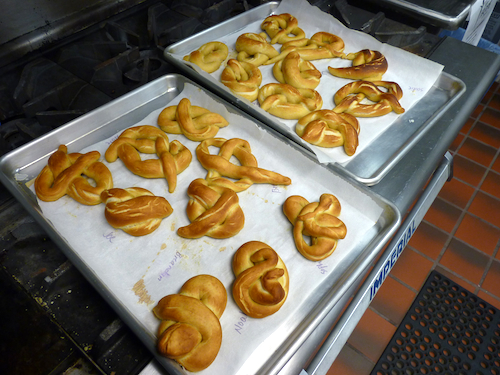

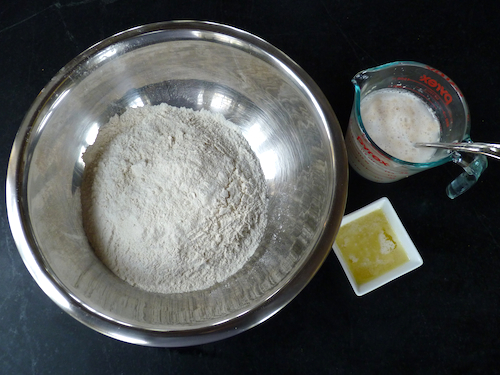
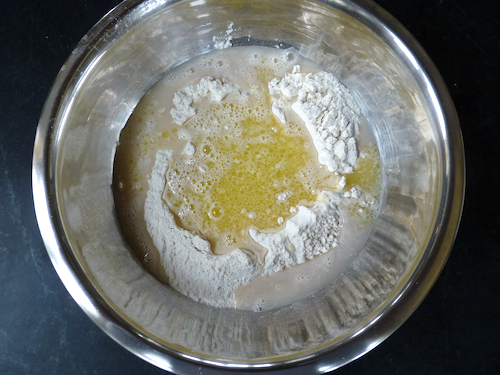
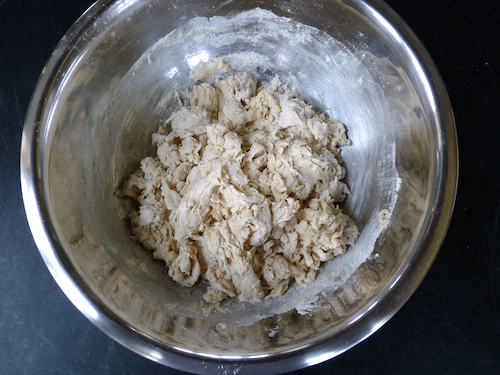
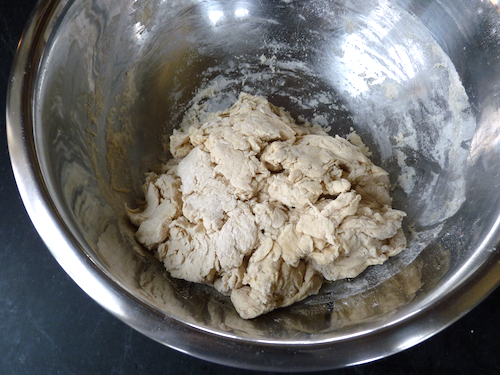
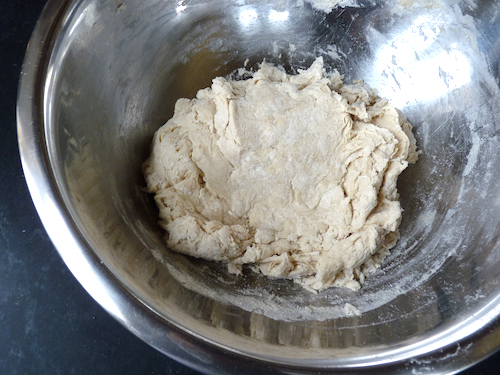
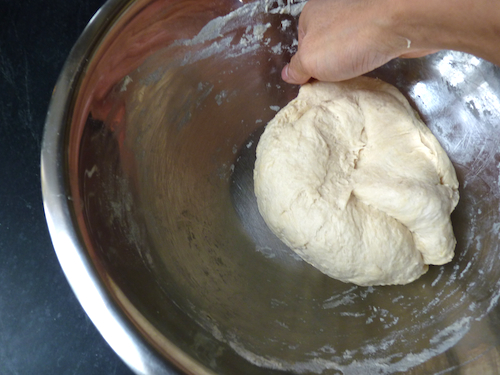
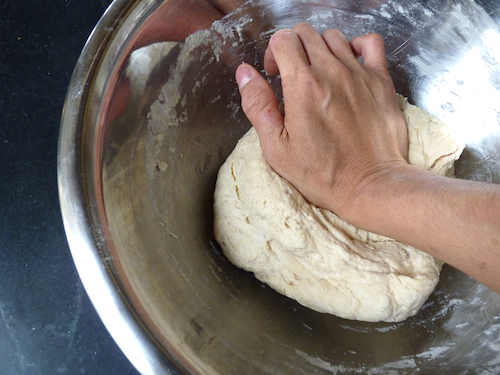
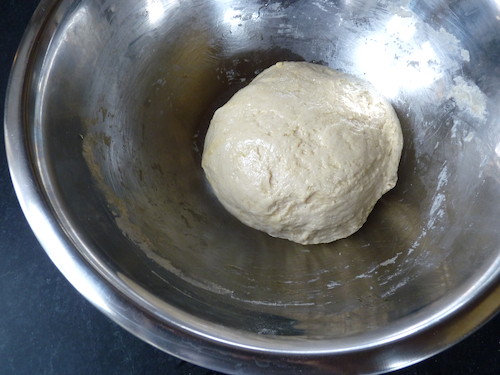
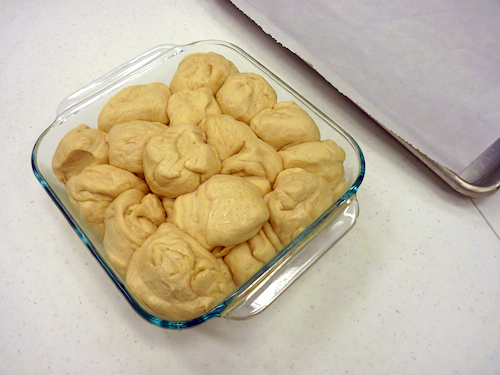
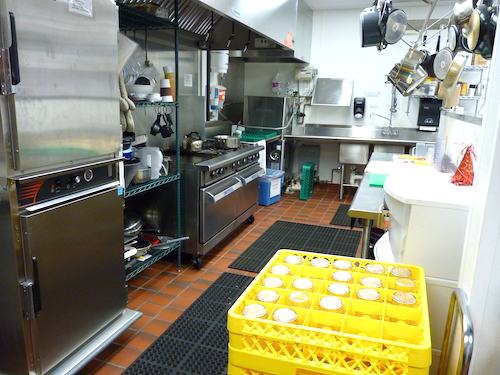
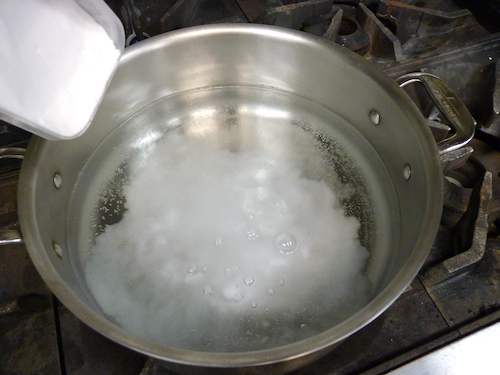
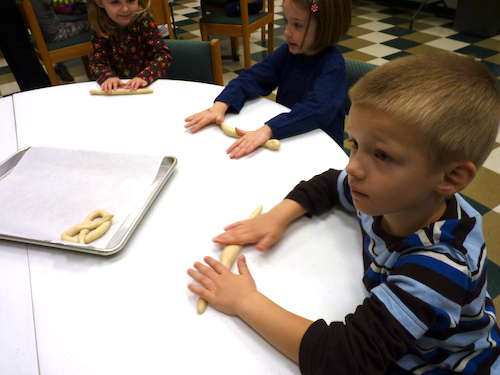
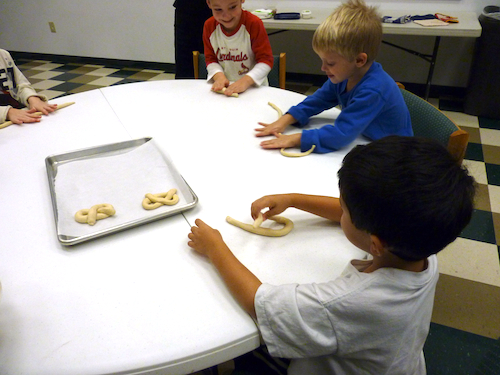
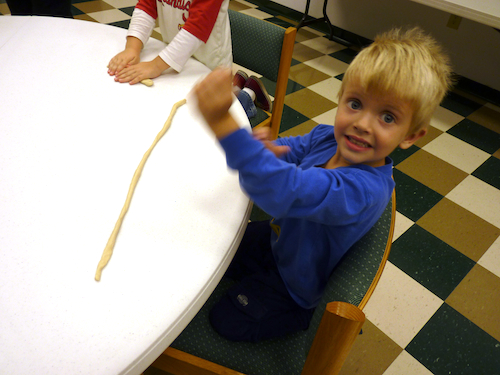
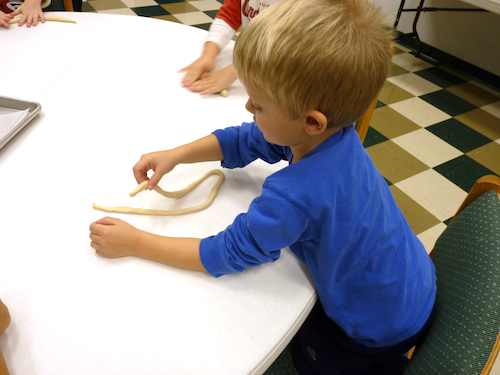
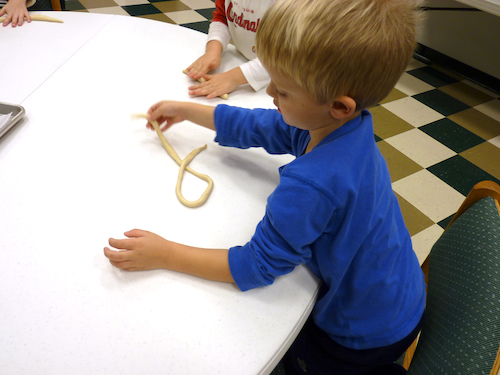

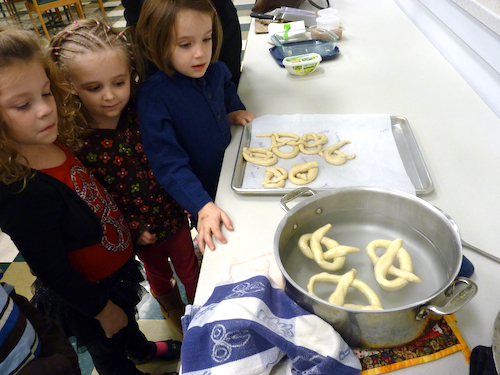

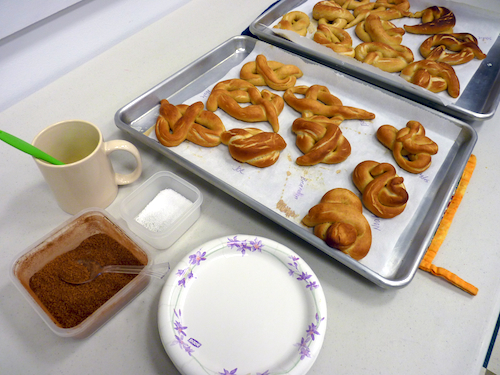
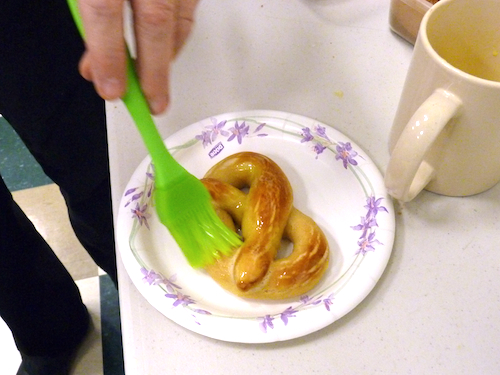
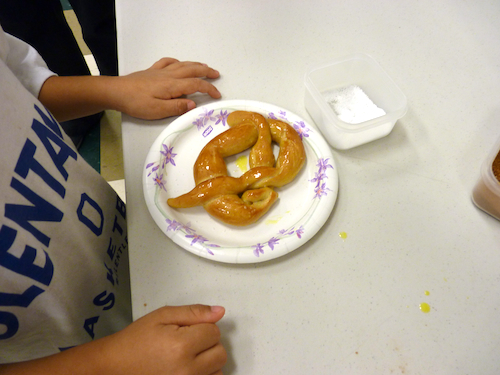
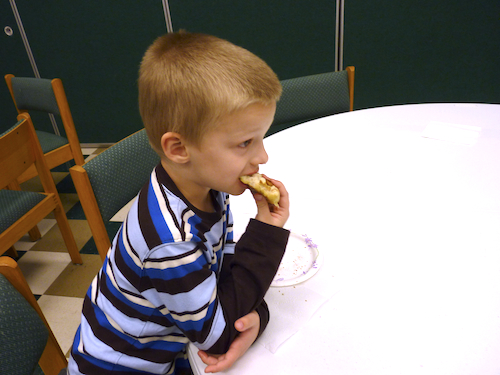
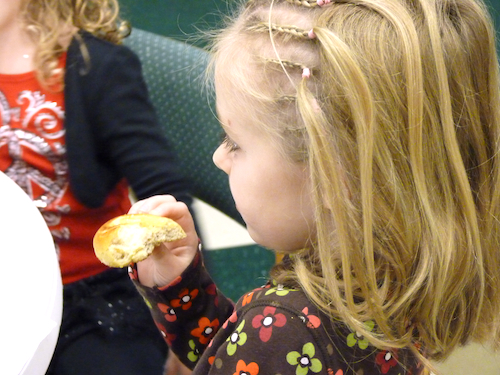
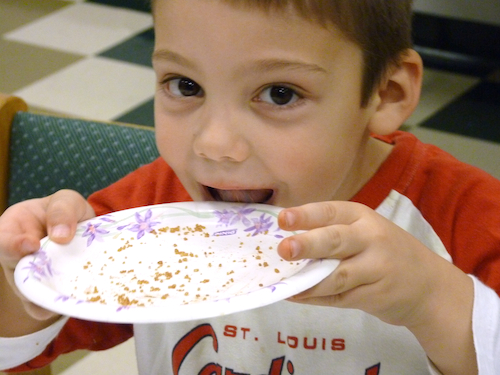


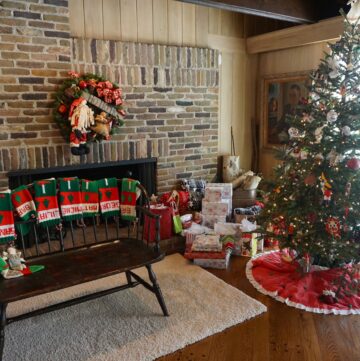
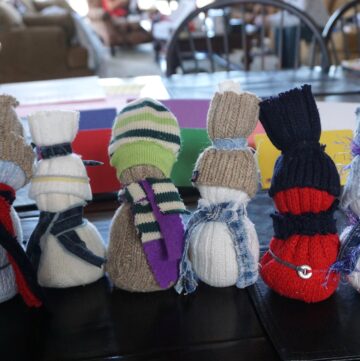
Hey — I’ve ctually made these before. So fun! What’s the concern with the egg wash though — they do get baked after it is brushed on…
I accidentally doubled up on the salt and forgot the sugar…lol. Not to mention I used salted butter. Took a huge bite of saltiness.
oh julie – yuck. that’s too bad. but we’ve all been there on silly mistakes!
I will definitely attempt this recipe again some day.
I’m a culinary school graduate and part of what i do when i have too much time in hands is look for fun recipes. i stumbled upon your website by accident.. reading banana bread recipes! i must say, im loving it!
hi emily – welcome! i hope you come back often. thanks so much for taking the time to comment – i love hearing from you.
These pretzels reminded me of the pretzels that I used to buy from stores. Thank you .
hi renana – isn’t it great how food brings back memories? thanks for sharing back.